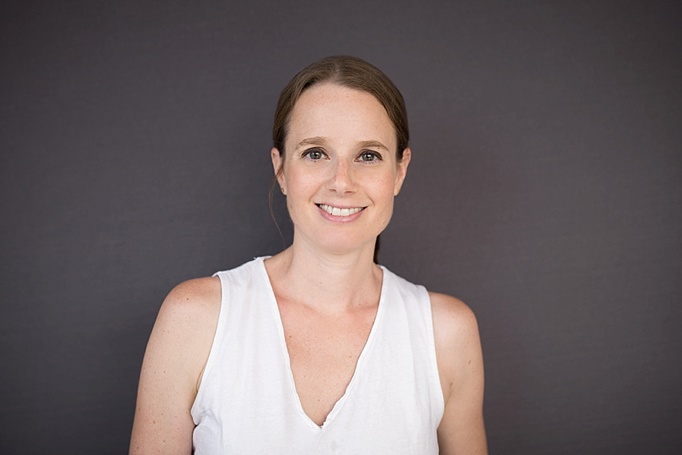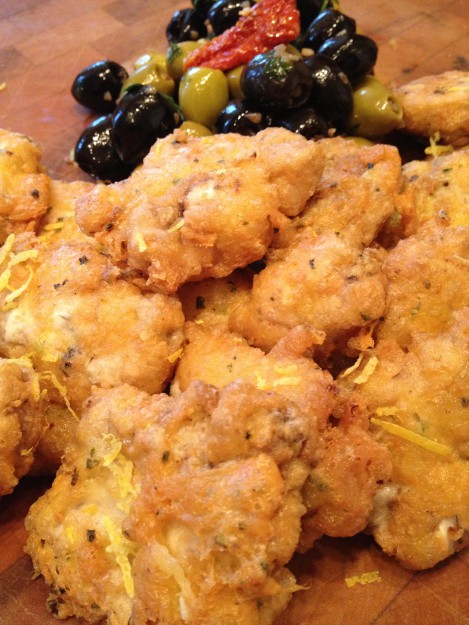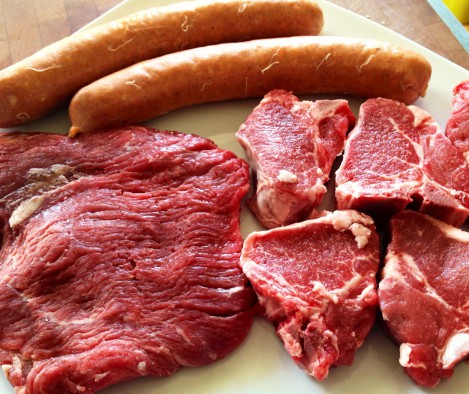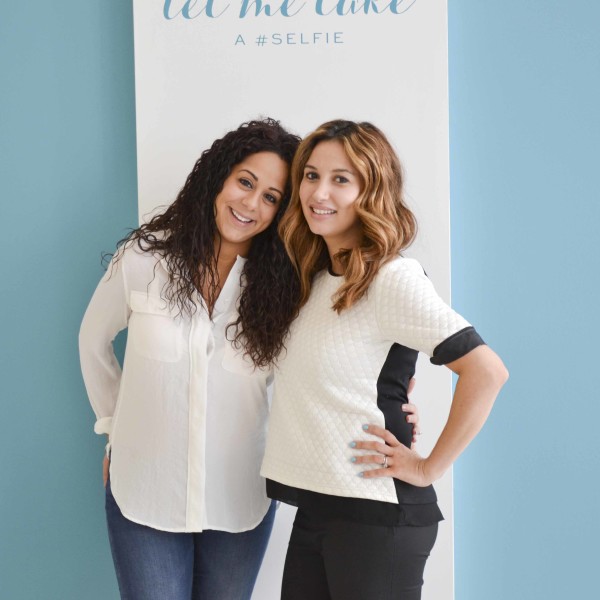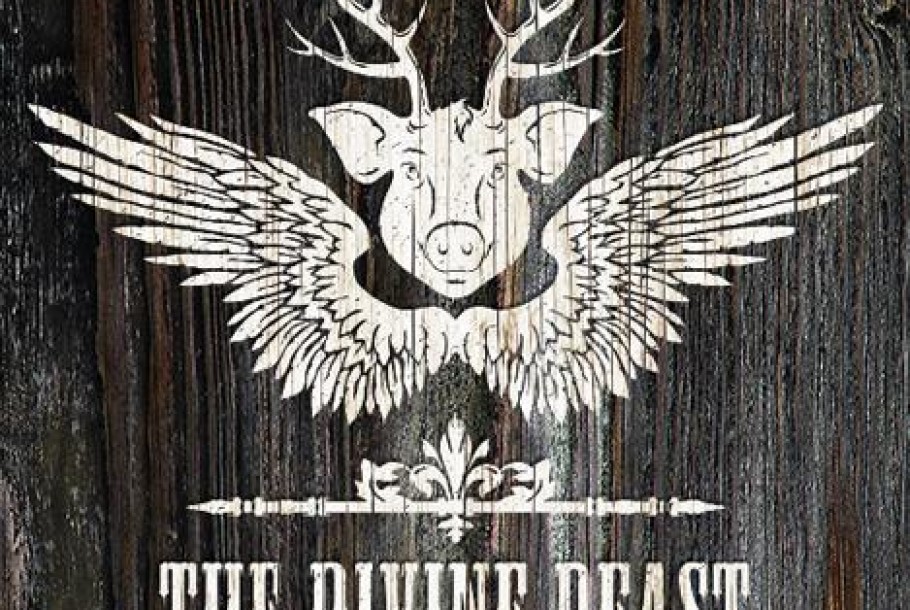
Interview with a Butcher – Marc Teeft of Boucherie Lawrence and The Divine Beast
Marc Teeft is a butcher at the recently opened Boucherie Lawrence having trained at Fleisher’s Grass-Fed and Organic Meats. He also writes the excellent blog The Divine Beast where he talks about ethical butchery and shares his recipes. He’s a great cook, and a wealth of meaty knowledge. And OK, he’s my neighbour too.
I’ve always been a wee bit intimidated by butchers, and thought talking to Marc would be a good chance to ask all those questions I never ask. I can’t wait to visit him at the new shop on St. Laurent and see him in action.
The big problem for us Montrealer’s is… British/French/American cuts.. You want a cut mentioned in an American or British cookbook, go to the grocery store and it’s always confusing about what to buy.
It’s always going to be an issue because it’s not just French or American…. You can go to Vancouver and they’ll have different cuts that we don’t even have here. And in the States, they’ll have different cuts. If you are in Chicago and you ask for a cut, and then if you go to New York and ask for that same cut they’ll have no idea what you are talking about.
So basically, just ask the butcher…
Yes, the best way to get what you want is to ask the butcher. They’ll know. If you tell them what you are going to make, they’ll know the best cut for it. They’ll know the muscle, how it’s used, and how it will break down. If you know the general area of where the meat comes from, they can help you with that also, and will tell you how to cook it.
So it’s better to ask by what you are cooking and the general area you want the cut from?
Yes, for example if you know you want something from the shoulder area, and you know what you want to do with it. Usually they’ll know what to recommend.
We then get into a conversation about hangar steak… I had no idea that there was only one per animal. There’s also only four skirt steaks, and two bavette steaks per whole steer. If you are dealing with a small butcher shop they may only have one to one and a half steers a week in the shop. This means limitations on the meat available. Marc recommends that if you are dealing with a small butcher shop, you will have to have leeway in what type of cuts you are looking for.
I’m always a limited intimidated to ask butchers any questions…
Most people are. Don’t forget that we are of a generation where many of our parents did their groceries at the grocery store and not at a small butcher. You are used to what you grew up with.
I agree. So Marc, most underloved cut… What cut do you wish people would use more of? Heart right? (I’d heard him talk about heart before…)
Heart is actually… well, if you are going to have offal.. other than the cleaning aspect which kind of grosses people out… it’s a good one. If you are working with beef heart obviously there is a lot of fat on it so you are going to cut that off and then when you open it up there are the ventricles you can cut off. That’s probably the biggest turn off. But in terms of offal.. it doesn’t have that same texture like sweet bread, or brains.
How would you prepare heart?
I personally love it as tartare. I love tartare to begin with, and this has a bit more texture. If you are going to cook it just cut it thinly and do a quick sear because you don’t want to overcook it because it will become leathery.
I want to love offal, but I just am not sure..
It’s so cheap, and beef heart is massive. It’s a big piece. I made the tartar, then some grilled bits on toast with a bit of bone marrow just to add a bit more fat. You can marinade it and grill it super fast.
Is that one of those things you have to order in advance?
It depends on the shop. At Boucherie Lawrence they will always have marinated heart. At Atwater or Jean-Talon, depending on which butcher shop you went to, you could probably get it the next day, or worst case in two days.
And most overrated cut..
The easiest answer is tenderloin. I can see why it’s popular as it’s easy to cook and hard to screw up but it doesn’t have much flavour.
I find that in general people are choosing meat with less and less flavour. For example – chicken breast….
Boneless, skinless chicken breast (nodding in agreement)…. I always buy whole chickens and cut them up. It’s cheaper and I get the bones for the stock.
Why do people love boneless skinless chicken breast so much?
I just think it’s because people don’t know how to prepare other cuts. Chicken breast is easy, it’s already cleaned and you can just grill it or sauté it. Remember that the chicken that you get is often injected with a water solution to pump it up and make it really big. If you get an organic chicken, it will be significantly smaller and the colour will be different. But, it actually tastes like chicken. Cutting up a whole chicken takes what… 3 minutes?
Well, it takes a bit longer for me and I had to figure out how to do it.
Yes, but once you are shown it takes no time at all as long as you have a sharp knife. (Mental note to buy more whole chickens…)
What should people look for when buying meat?
It depends. Ideally, you know where your animal is being sourced. This isn’t always easy but again it comes down to talking to the butcher. Obviously, if you are dealing with a small butcher shop they can tell you OK, this is where it’s from. Chances are, if you are going with a local farm which is small, the odds of antibiotics and growth hormones are significantly lower. If you go to a large grocery store, well, not hard to figure out they all get sourced from the same spot. It depends on what you are looking for. For me, the ideal is a small local farm because I think that’s a good way to go. You have more of a connection, and if you can actually go to the farm, hey – even better. You can actually see how it’s raised.
What do you like most about being a butcher?
I went into it because I think it’s good to see from beginning to end what I’m working with. I also get to transform it. I can make sausage, or rillettes, and I have a better understanding of the meat in the product. By knowing the anatomy you know which muscles are used more, and how you can cook it. It makes it easier.
What does a day look like as a butcher. Early to rise?
Well, it isn’t that early but it depends. You are basically preparing a case full of meat. You get your half carcass or full animal and break it down into it’s primals.
What’s a primal?
Basically, you break the animal down into smaller more manageable pieces. Then from there you clean those up and debone or make them into cuts.
How do you think butchery will change in the future?
I think it’s going to more and more smaller shops, and I hope it continues to go that way for two reasons. First, I hope it gets people back to asking questions and secondly, knowing how to cook. There’s nothing worse than seeing people waste a product for no apparent reason, and if they can cook the meat how it should be treated it’s better for the butcher and for the client in the end. I think it’s going that way because people are more aware of what factory farming is and how horrible it is.
What do you think about organic, antibiotic free, etc.
Ideally, I think in a perfect world that is how it would be. It’s kind of hard for it to get that way and that’s in part because of government restrictions. It costs a lot more to have an organic certification than not to be certified. If you are dealing with a smaller farm they have a lot fewer animals and it’s a lot easier for them to go that organic route. I’m happy going to small local farms. I think that’s the best way to have some sort of control and see what’s going on.
We start talking about farming, and my little exposure to the industry from having grown up in an area with a lot of beef farms. We talk about grain being fed to cows in feedlots at the end of their life to fatten them up versus organic cows, which are purely pasture raised.
This is one of the problems with organic cows. They are purely pasture raised so they have no fat. This is where the butcher needs to get involved, because you have to know how to cook these animals. They are closer to wild game because there’s no fat. You can’t overcook them so you kind of have to change your cooking methods. The butcher has to explain this to the client. I did a moose roast, and of course you can’t cook it like a beef roast. I had to add bone marrow over it to add extra fat and baste it a lot. You definitely have to add some fat to it.
The conversation begins to derail, and we talk about everything from flying over feedlots to his new front lawn…
A big thanks to Marc Teeft for his time. You can ask him all the questions you ever want to at Boucherie Lawrence. Also, check out his blog The Divine Beast for more insightful thoughts.
All images ripped (with permission) from The Divine Beast
Leave a Comment cancel
